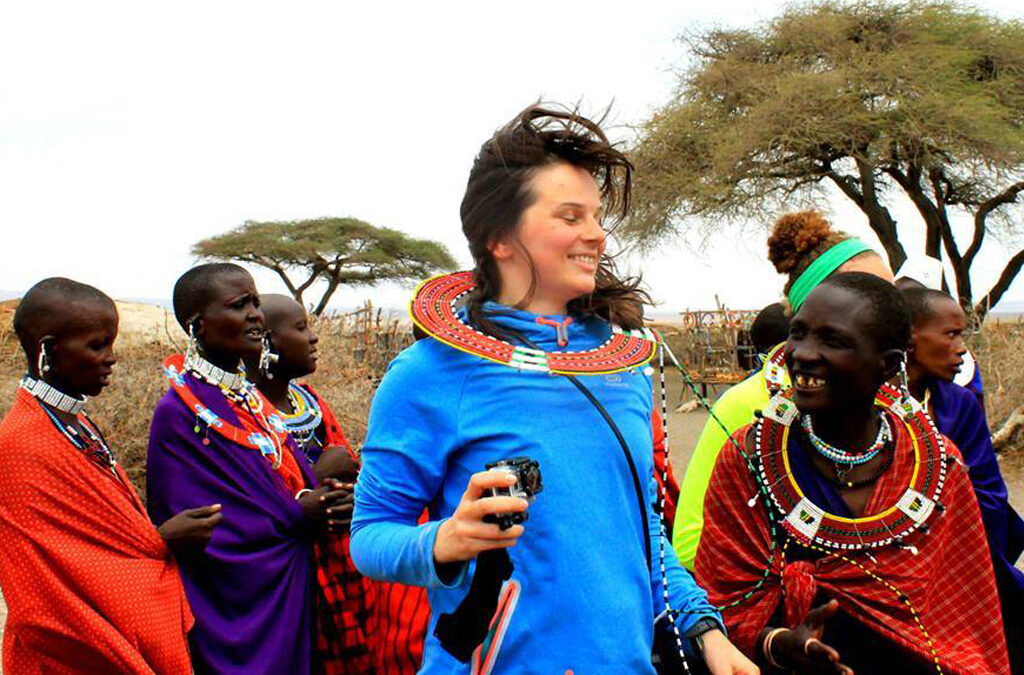- GET IN TOUCH WITH US:
- +256 753518160
- +256 777842166
- info@experiyatourcompany.com

Why Female Gorillas Are Important in Gorilla Families
October 6, 2025
How to Plan to See Gorillas in Uganda During the Winter Break
October 6, 2025Tanzania’s Cultural Tours Beyond the Wildlife

Cultural tours in Tanzania take you deep into the country’s heart, where diverse heritage, ancient traditions, and warm hospitality bring East Africa’s soul to life. With more than 120 tribes, Tanzania’s cultural fabric is as rich and colorful as its world-famous wildlife. Each tribe expresses identity through unique music, dances, rituals, art, and beliefs yet all coexist in remarkable harmony, a true symbol of unity in diversity.
While Tanzania is best known for its iconic landscapes such as the Serengeti, Mount Kilimanjaro, and Zanzibar, a journey here feels incomplete without connecting with its people. Immersing yourself in the country’s cultural life reveals what truly makes Tanzania unique its spirit of community, creativity, and resilience.
Cultural experiences often complement wildlife safaris and beach holidays, offering an inspiring balance between nature and humanity. Thanks to collaborative initiatives between the Tanzanian government and organizations supporting community tourism, many villages now welcome visitors to experience authentic rural life while directly contributing to local development.
Top Cultural Attractions in Tanzania
1. Experience the Swahili Culture – Zanzibar
Born from centuries of trade and intermarriage between Africans, Arabs, Persians, and Asians, the Swahili culture defines Tanzania’s coastal identity. Visit Zanzibar Island to explore this fascinating blend of influences seen in Stone Town’s architecture, Swahili cuisine, and language (Kiswahili, now the national tongue). Wander through narrow streets, spice markets, and historic mosques while meeting locals who carry on centuries-old traditions.
2. Olduvai Gorge – The Cradle of Mankind
Located between Ngorongoro Crater and Serengeti National Park, Olduvai Gorge ranks among the world’s most significant archaeological sites. Here, Dr. Louis Leakey discovered fossils dating back over two million years, including the famous “Nutcracker Man.” The small on-site museum displays these groundbreaking finds, making this a must-visit for anyone fascinated by human origins.
3. Visit the Hadzabe Tribe – Tanzania’s Last Hunter-Gatherers
Near Lake Eyasi, the Hadzabe people live as true hunter-gatherers, speaking a click language similar to the Khoisan of southern Africa. Visiting them offers a rare glimpse into an ancient way of life—from making fire with sticks to hunting with bows and arrows. Guests can join in dances, storytelling, and traditional food preparation, discovering how humanity once lived in harmony with nature.
4. Kilwa Kisiwani – Ancient Swahili Port City
A UNESCO World Heritage Site, Kilwa Kisiwani was once one of East Africa’s most powerful coastal cities, linking the African interior to Asia through Indian Ocean trade. Founded in the 9th century, it flourished between the 12th and 15th centuries. Today, visitors can explore its hauntingly beautiful ruins—mosques, palaces, and fortifications—that still whisper stories of a golden age.
5. Mto wa Mbu Cultural Village
Located near Lake Manyara and the Ngorongoro Conservation Area, Mto wa Mbu brings together people from across Tanzania’s many tribes. Visitors can tour banana plantations, local markets, and art shops or take part in traditional cooking and dancing. This vibrant melting pot is an excellent stopover on northern Tanzania safaris, offering a taste of the country’s cultural diversity.
6. Ng’iresi and Mulala Villages – Arusha’s Hidden Cultural Gems
On the lush slopes of Mount Meru, Ng’iresi Village welcomes visitors to learn about the Waarusha people, who share roots with the Maasai but have embraced farming. Nearby, Mulala Village—managed by the Agape Women’s Group—offers lessons in bread and cheese-making, herbal medicine, and daily rural life. Both villages provide breathtaking views of Mount Meru and Kilimanjaro.
7. The Maasai Bomas – Guardians of Tradition
The Maasai are perhaps Tanzania’s most iconic tribe, known for their colorful attire, warrior spirit, and deep connection to cattle. Visiting their bomas near Ngorongoro or Serengeti allows guests to witness traditional dances, learn about customs, and share stories around the fire. The Seneto Maasai Boma and Irkeepus offer some of the most authentic and respectful cultural experiences.
8. The Datoga Tribe – Skilled Blacksmiths of Eyasi
Neighbors to the Hadzabe, the Datoga are pastoralists and skilled blacksmiths who craft jewelry, weapons, and tools from brass and iron. Their distinctive eye tattoos and handmade adornments symbolize pride and identity. A visit here reveals the artistry behind their work and the traditions that sustain their community.
9. The Kondoa Rock Paintings – Tanzania’s Ancient Art
Located near Kolo, about 260 km from Arusha, the Kondoa Rock Paintings date back over 10,000 years. This UNESCO World Heritage Site features vivid depictions of humans and animals in motion, offering an extraordinary window into prehistoric life and spirituality. The nearby Sandawe tribe traces ancestral links to these ancient artists.
10. Bagamoyo – Gateway to the Past
Once a major slave port and later the capital of German East Africa, Bagamoyo carries deep historical significance. Visitors can explore the Old Slave Market, Mission Museum, and Livingstone Memorial Church, or simply stroll along its quiet, palm-fringed beaches. The town’s blend of Swahili, Arab, and European influences makes it a captivating cultural stop.
11. The Iraqw Tribe – Cushitic People of Manyara
Migrating from Mesopotamia centuries ago, the Iraqw settled in the Manyara and Arusha regions. Known for their privacy and pastoral lifestyle, they have preserved distinct traditions in language, architecture, and social organization. Visitors can learn about their resilience, adaptation, and the values that hold their communities together.
12. The Sukuma Tribe and Bujora Museum
The Sukuma, Tanzania’s largest ethnic group, are farmers and cattle herders living in the northern regions. Travelers can experience their traditional dances, music, and rituals—especially during the vibrant dance festivals from May to September. The nearby Bujora Sukuma Museum offers an excellent introduction to their culture, craftsmanship, and history.
13. The National Museum of Tanzania – Dar es Salaam
End your cultural journey at the National Museum in Dar es Salaam. This museum preserves Tanzania’s fascinating story through exhibits of fossils, colonial relics, traditional art, and artifacts from the slave trade. It’s the perfect place to connect the dots between Tanzania’s past and present.
Why Choose Cultural Tours in Tanzania
Cultural tours in Tanzania go far beyond sightseeing—they are journeys of human connection. You’ll meet welcoming people, learn ancient skills, and experience the rhythms of daily life that still shape the nation today. Every visit supports sustainable tourism and empowers local communities, ensuring that your experience is not only enriching but also meaningful.
